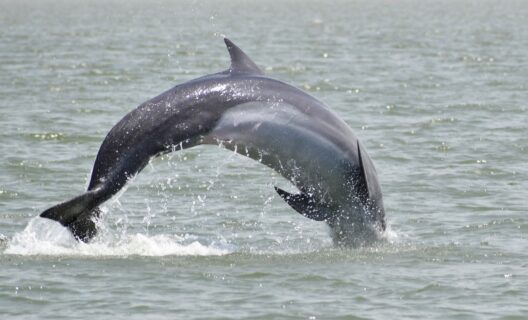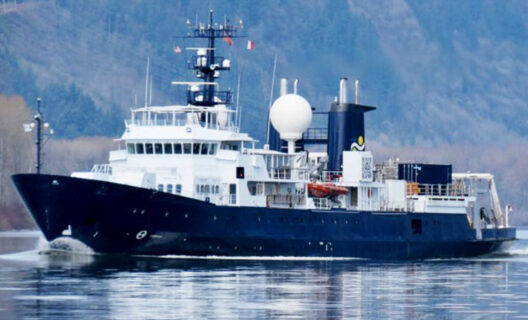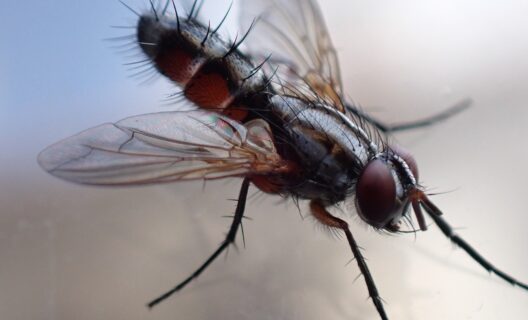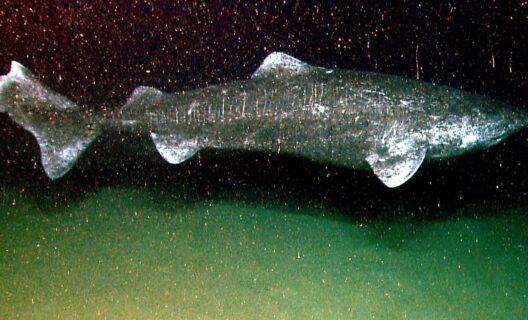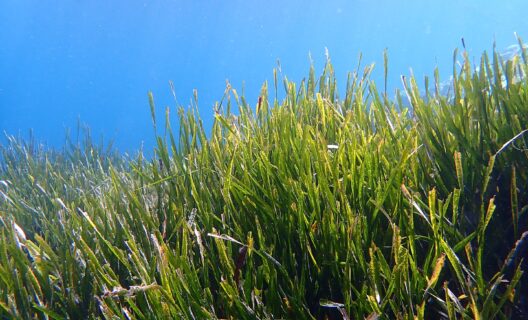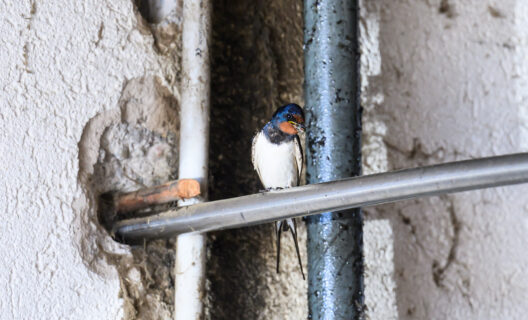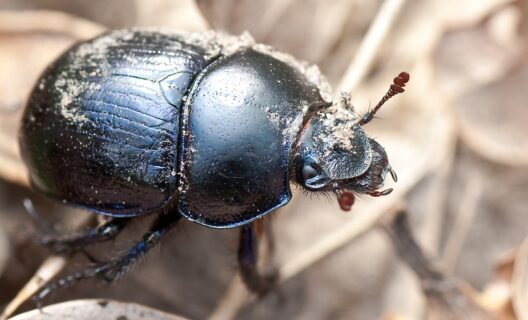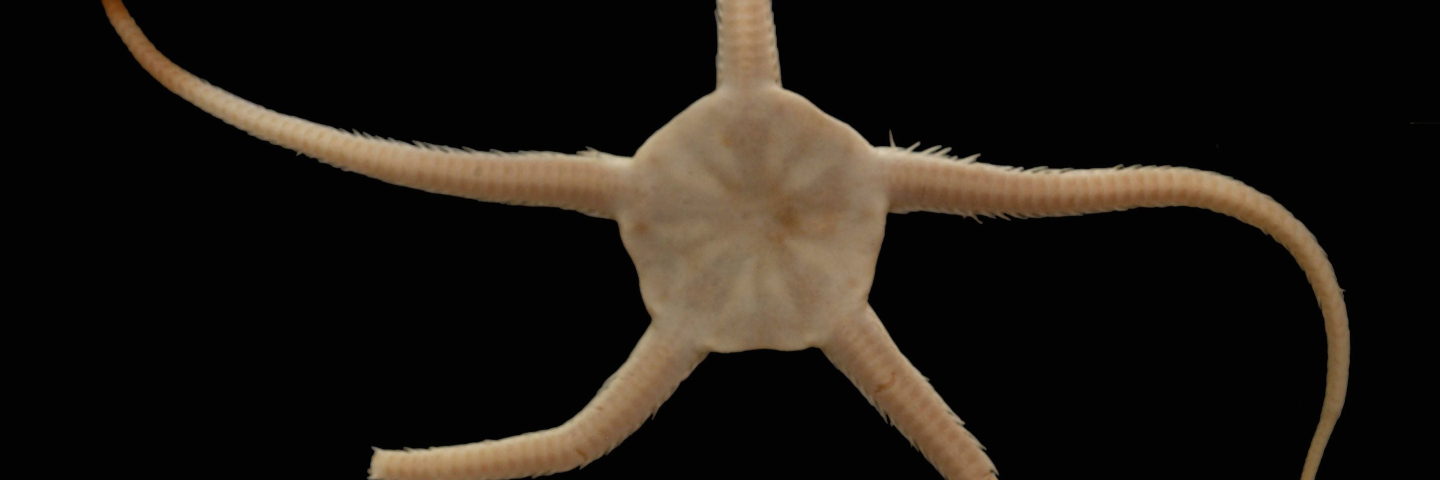
The golden age of serpentine stars
Reading time
0 min
Analysis of a sediment core, in Antarctica, reveals climate secrets. To be learned for the future
Analysis of a marine sediment core taken in Edisto Inlet–a fjord in the Ross Sea, Antarctica–shows a new climate phase that occurred between 50 and 450 AD. This is according to research, published in Scientific Reports, which named this time interval Ophiuroid Optimum, and which provides the scientific community with new methods of investigation.

The hidden secrets of a sediment core
The group of international scientists who authored the study (in which the University of Pisa and Ca’ Foscari University of Venice took part) focused on the analysis of a specific core (i.e., cylindrical portion) of sediment. This material, consisting largely of mud, is a source of much information: it contains organisms, whole or as a fragment, that have been deposited on the seafloor over the centuries. In this mud, diatoms (i.e., single-celled algae), foraminifera (i.e., protozoa that live inside shells), as well as remains of ophiurans (animals that resemble starfish) and echinoids (the class of sea urchins) bear witness to past environmental conditions.
What most attracted the researchers’ attention was the abundant presence within the examined core of serpentine star ossicles(Ophionotus victoriae): small parts of the skeleton that, due to their chemical composition, can be preserved for a long time in sediments.
The discovery, thanks to a new approach
The researchers therefore decided to study, using an innovative statistical approach, the stratigraphic distribution of these ossicles: that is, they analyzed their presence and abundance at different depths in the core to reconstruct the environmental changes that have occurred in Edisto Creek over the past 3,600 years.
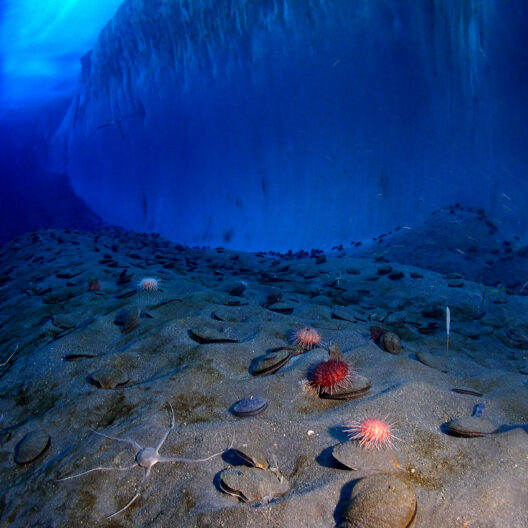
Credits: Steve Clabuesch – NSF/USAP – PD- USGovSteve Clabuesch – NSF/USAP – PD- USGov
They found that a period between 50 and 450 A.D. preserved an extraordinary abundance of ossicles: the environmental conditions in that time interval, to which they gave the name Ophiuroid Optimum, must therefore have been particularly favorable for the proliferation of this species.
The research highlights how data from past climate information can be used to better understand the present climate and its potential for future evolution. Marine organisms such as serpentine stars can be used as indicators of environmental conditions in past eras, and provide valuable knowledge to address the challenges posed by future climate change.




